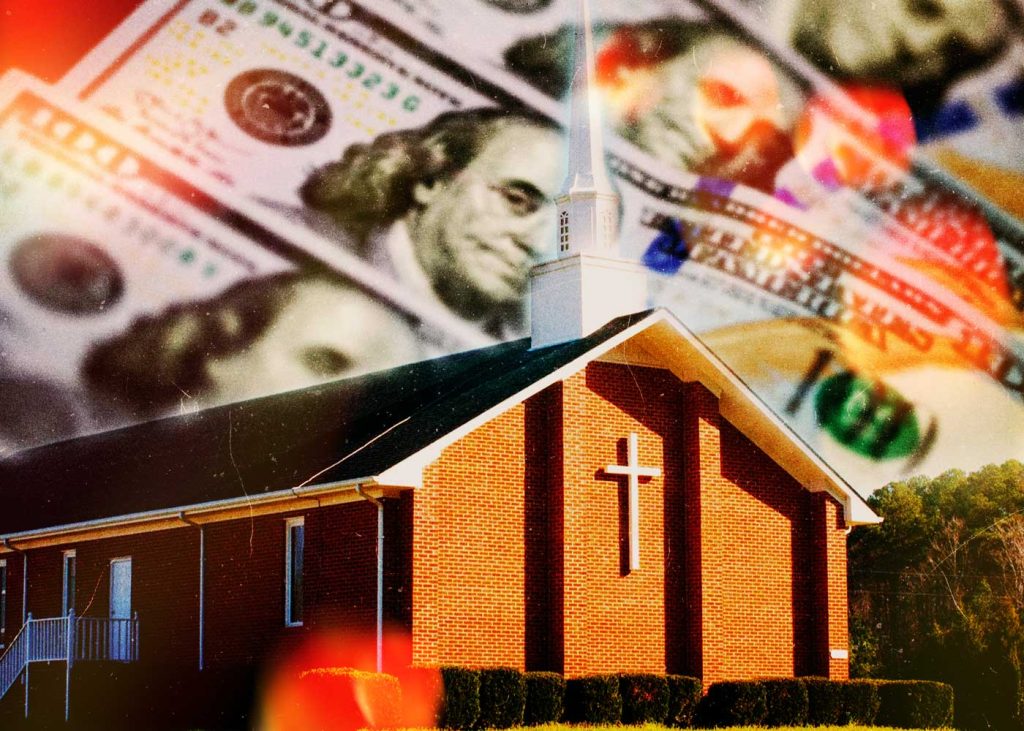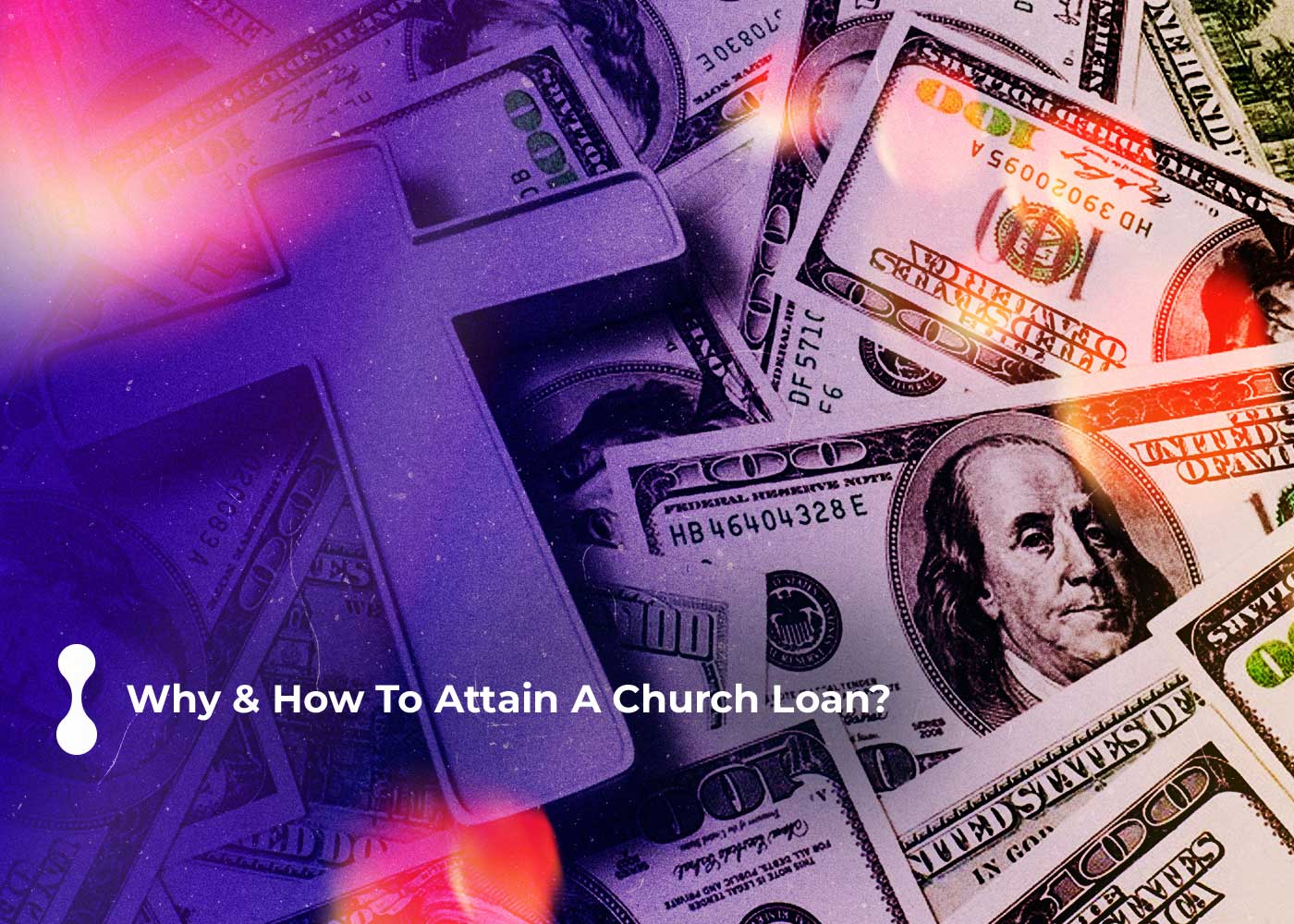When it comes to financing your church project, planning is essential. Knowing church loan regulations might assist your organization in obtaining the money you need. Most religious organizations, whether they are religious schools, churches, temples, convents, monasteries, or other religious estate, seek a loan for church-building projects. Church loan funding may be appropriate for the purchase of land and existing structures, the acquisition of raw land for the construction of new structures, building enlargement, and building repairs or refurbishment.
What is a Church Loan?
Although a church loan is a subset of commercial real estate loans, church loan standards are typically similar to those of any commercial loan. Church finance lenders, for example, want to see high credit scores and evidence of sound financial management. Furthermore, if the loan is for church-building, the lender will want to examine the project plans and budget. Furthermore, some lenders need collateral to safeguard their assets in the event of failure.
While looking for a church loan or a small church loan, you’ll often come across a variety of loan kinds and terms. Fixed-rate term loans with terms ranging from 5 to 30 years are the most frequent. Some loans, usually with higher interest rates, may not take personal guarantees or collateral.

What are the Church Loan Requirements?
Use the checklist below to gather the necessary papers before applying for any loan. The following are typical church loan requirements:
- Financials for the last three years, including balance sheets and income statements. Quantity of donating units (groups, recurring supporters of the organization, family members)
- Total number of organization members
- Actual property value (if there is one)
- Construction budget estimate
- The fundraising efforts of the organization and the amount to be raised
- Previous fundraising attempt.
- The history of the organization
- Background information about the organization’s leadership and significant individuals
- Current and projected sites for the organization
- Primary ministries and the mission statement
- Contributions from the community
- Demographics of the congregation
In addition to the standards specified for church loans, church loan underwriting requires a study of the organization’s financial ratios to evaluate whether the church can pay back the loan. Lenders assess the debt coverage ratio (DCR), which takes into account the organization’s cash flow; the loan-to-value ratio (LTV), which compares the loan amount to the appraised real estate; and the debt-to-income ratio, which compares the loan amount and long-term debt to overall revenue.
